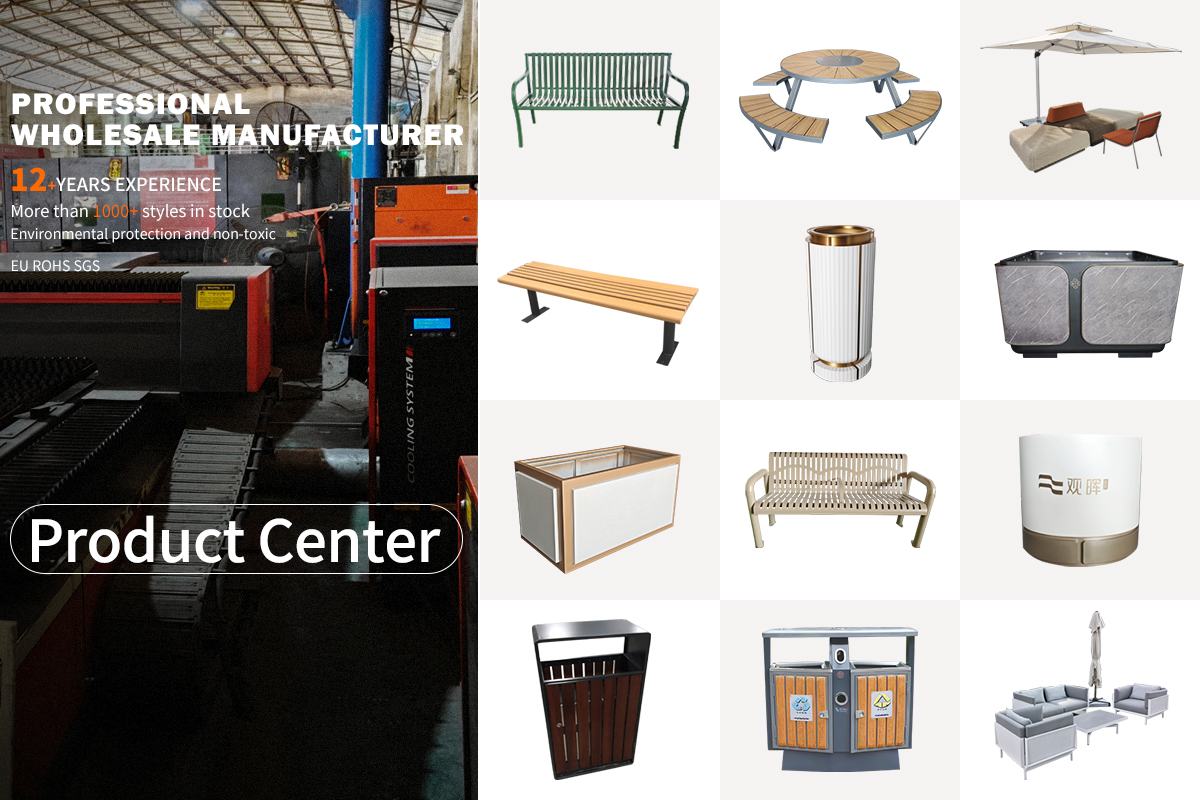Are pine outdoor sculptures suitable for use in desert environments with low humidity?
Pine outdoor sculptures may not be the best choice for desert environments with low humidity due to the wood's natural characteristics. Pine is a softwood that is prone to cracking, warping, and splitting when exposed to extreme dryness and temperature fluctuations common in arid regions. While pine is affordable and easy to carve, its lack of natural resistance to moisture loss makes it less durable in such harsh conditions.
For desert climates, hardwoods like teak or cedar, or even treated or composite materials, are more suitable as they better withstand low humidity and prolonged sun exposure. If you still prefer pine, regular maintenance—such as sealing and protecting the wood with UV-resistant finishes—can help extend its lifespan. However, even with care, pine sculptures may require more frequent repairs or replacements compared to more resilient materials.
In summary, while pine can be used for outdoor sculptures in deserts, it is not ideal for long-term durability. Choosing alternative materials or committing to rigorous upkeep is recommended for lasting outdoor art in low-humidity environments.

